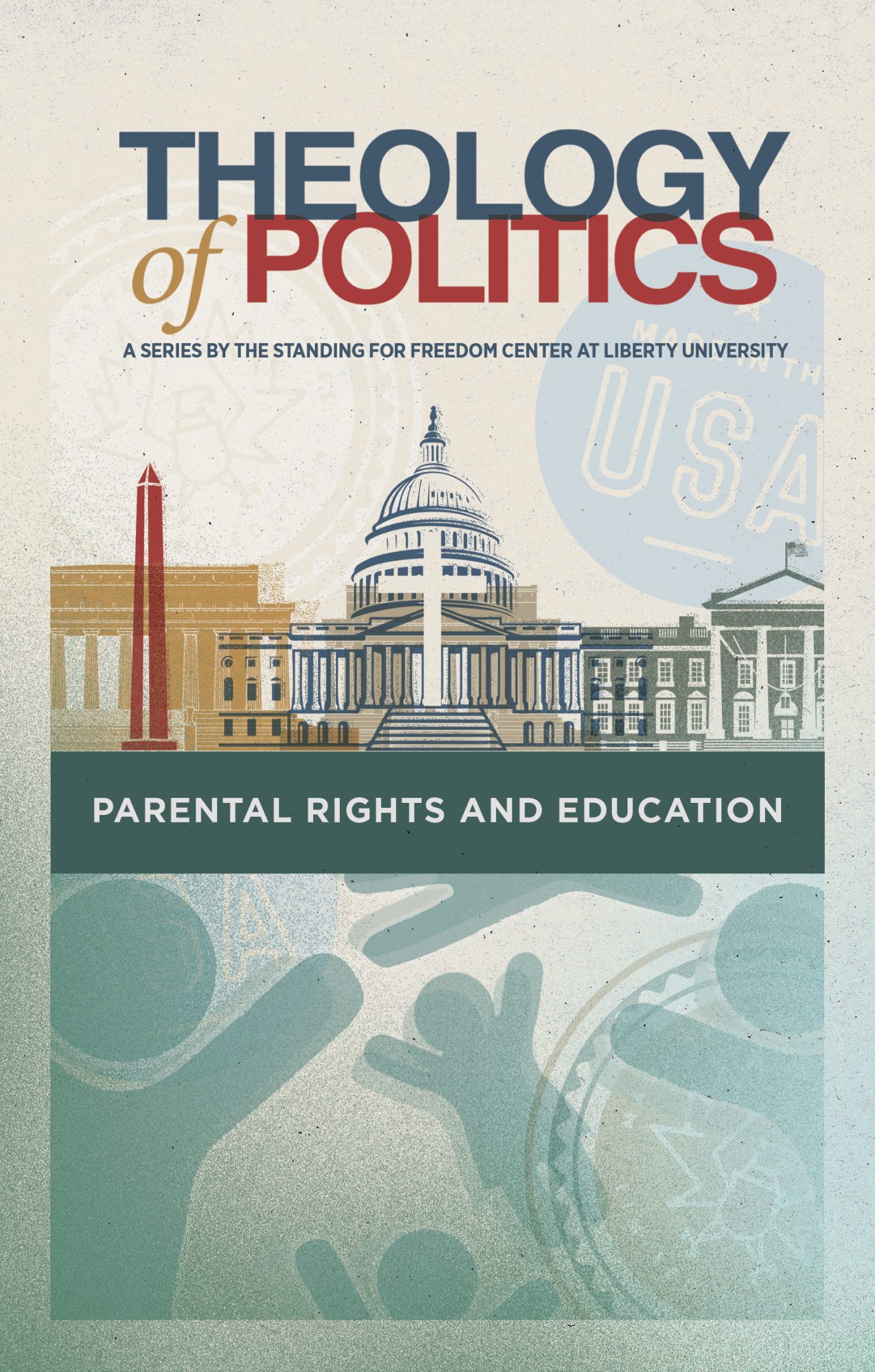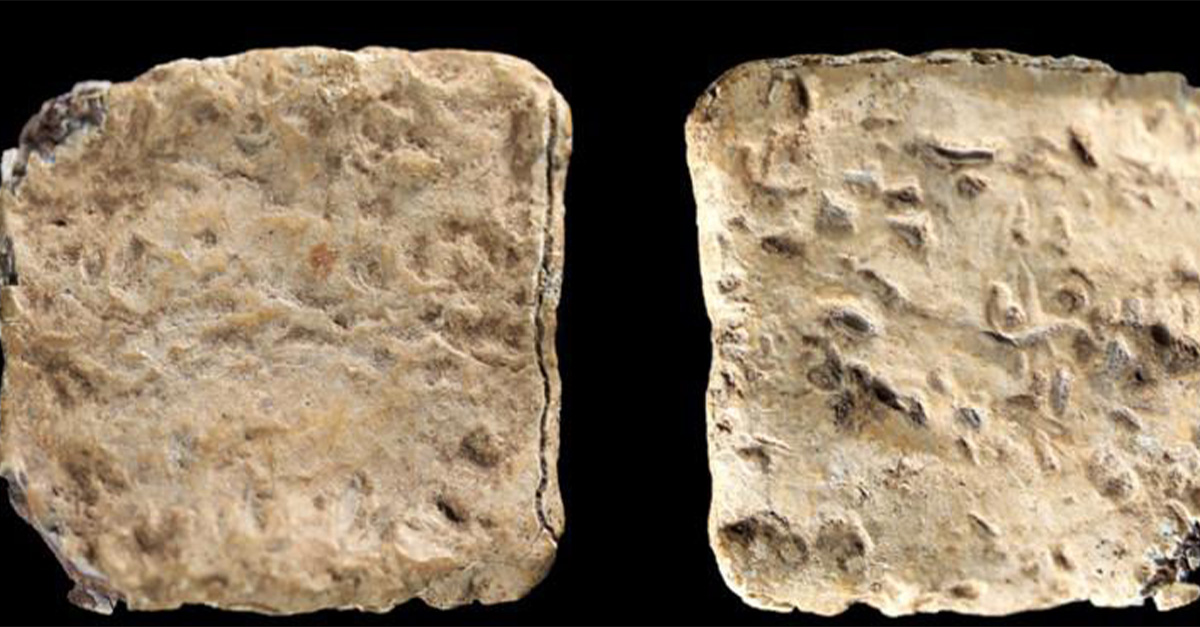


Get a free copy of Parental Rights & Education when you subscribe to our newsletter!

A “curse tablet” found on Mt. Ebal in Nablus, Israel, could be the oldest example of Hebrew writing and the use of God’s name ever found in Israel, providing further evidence that the biblical account is accurate and was, in fact, written as a contemporary source and not centuries later as critical scholars claim.
The incredible discovery was found lying in the dump of the excavation site known as Joshua’s Altar, which was excavated in the 1980s. Some believe it is an altar built by Joshua, who led the Israelites after Moses’ death. The tablet may provide more evidence that the biblical account of the events surrounding the Israelites’ settling of the area is a contemporary and accurate record of what actually happened, as opposed to an account that written much later, as liberal scholars believe.
The folded tablet was read using tomographic scans and was translated as saying, “Cursed, cursed, cursed — cursed by the God YHW. You will die cursed. Cursed you will surely die. Cursed by YHW – cursed, cursed, cursed.”
The writing was in 40 proto-alphabetic letters of an early form of Hebrew. Stripling said, “We have an ancient text saying that the Israelites arrived around 1400 [B.C.], and then we have evidence of them on a mountain where the Bible says that they were, writing a language that the Bible says that they used. I think a fair-minded person might be willing to draw the conclusion, inductively, that there were Israelites there.”
The tablet was found using a technique called wet sifting, as the site had previously been dry-sifted.
If the dating is accurate, the tablet dates to 1400 B.C. to 1200 B.C. at the latest. Haifa University Professor Gershon Galil, who helped decipher the tablet, said, “We know that from the moment they came to Israel, the Israelites knew how to write, including the name of God, clearly. It’s not too surprising; people already knew how to write in other places.” Liberal scholars have claimed that the Israelites weren’t literate at this time and were incapable of writing the Bible until much later.
“This is a text you find only every 1,000 years,” Galil added.
Not only is the text possible proof that the Israelites were literate and already following the God of the Bible, but the structure is such that it lends credence to the Bible being written at the same time. Galil said that the curse is written as a parallel chiastic, which is found in the Bible and other ancient Near Eastern texts. “Now we see that someone could write a chiastic” in the 12th century B.C. No longer should the conversation be about whether the Israelites were literate during the time of King David,” Galil said. “The person who wrote this text had the ability to write every text in the Bible.”
Project leader Scott Stripling added, “One can no longer argue with a straight face that the biblical text was not written until the Persian period or the Hellenistic period as many higher critics have done, when here we do clearly have the ability to write the entire text at a much, much earlier date,”

If this find proves accurate, it will provide further proof that the Bible is a historical document that was written contemporary to the events it contains. Scholars who claim that the Bible is a later writing have no real evidence for their supposition; they simply assert that the lack of physical evidence for Israelite writing in Israel until centuries later means they weren’t capable of writing the Bible. This is faulty reasoning, especially considering that we know ancient cultures were already writing before this time.
These scholars often invent theories about how the Bible came about rather than accept the obvious explanation. Given time, archaeology will always prove the Bible to be true, but often scholars want to rush to the conclusion that the Bible must be false simply because they haven’t found evidence for a particular claim yet. After centuries of proving archaeologists and others wrong, it is well past time that the burden of proof be placed on those who claim the Bible is false rather than on the Bible itself.

Notifications